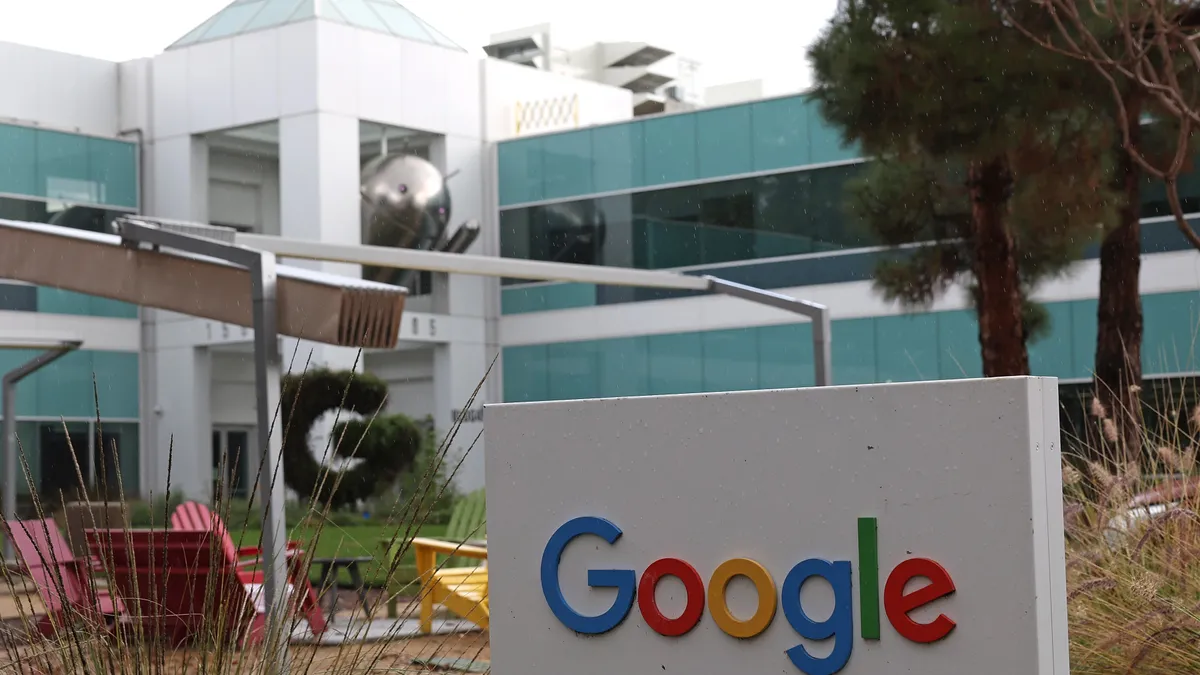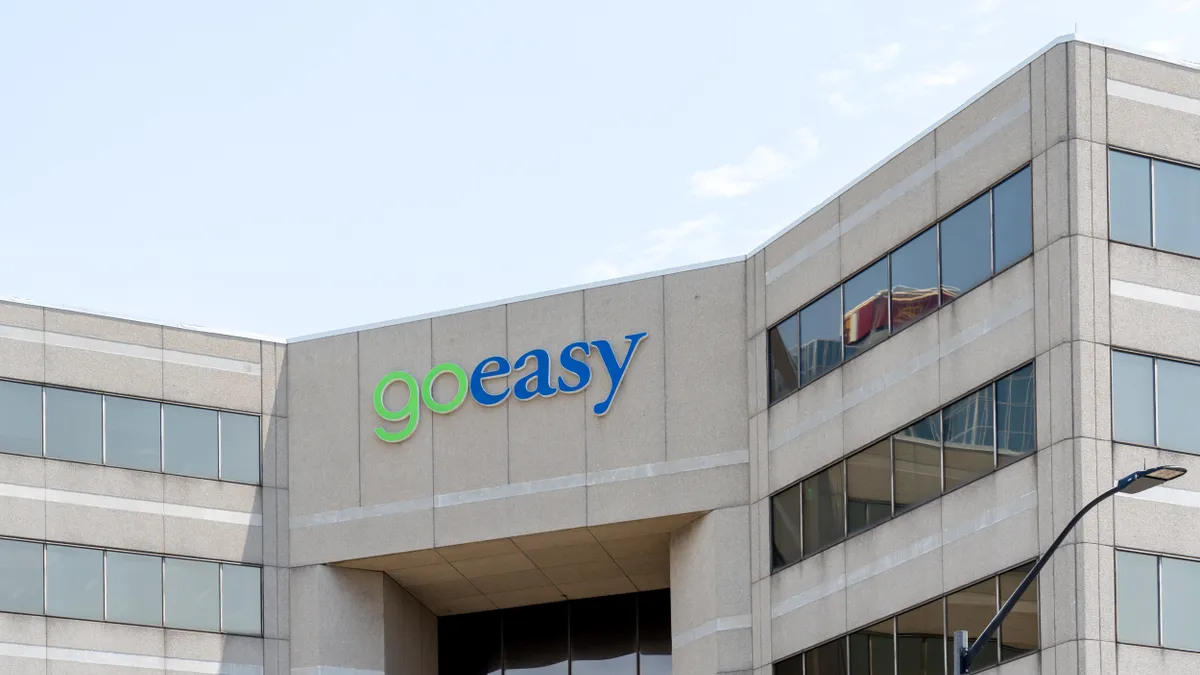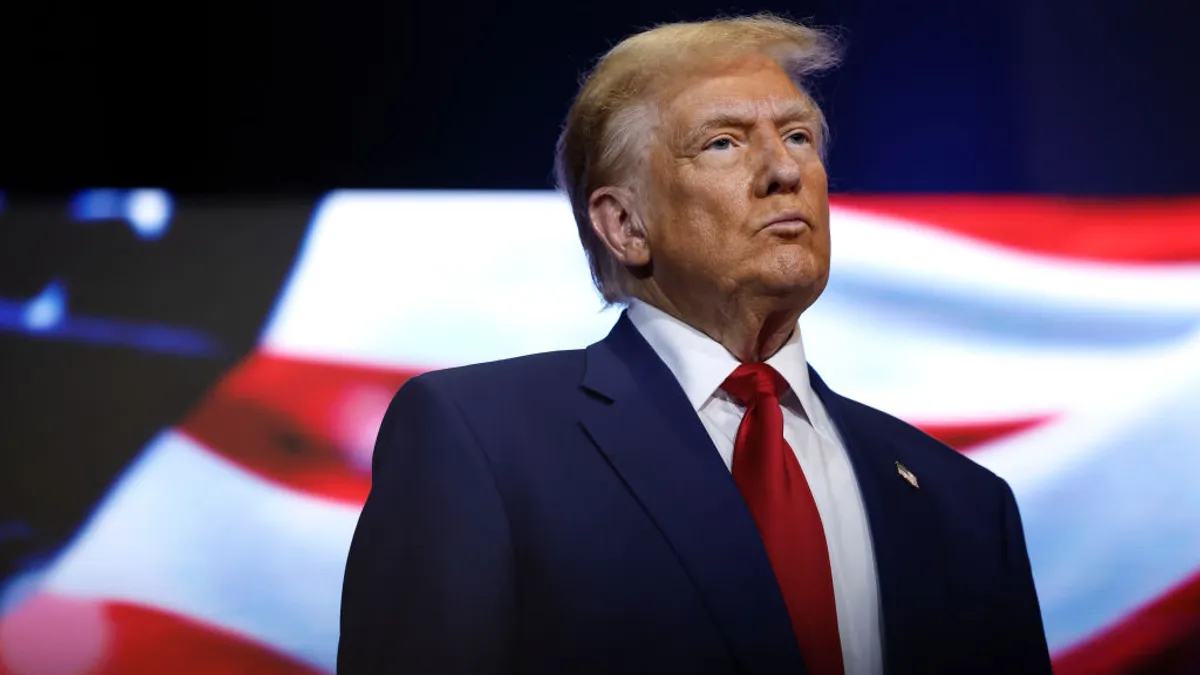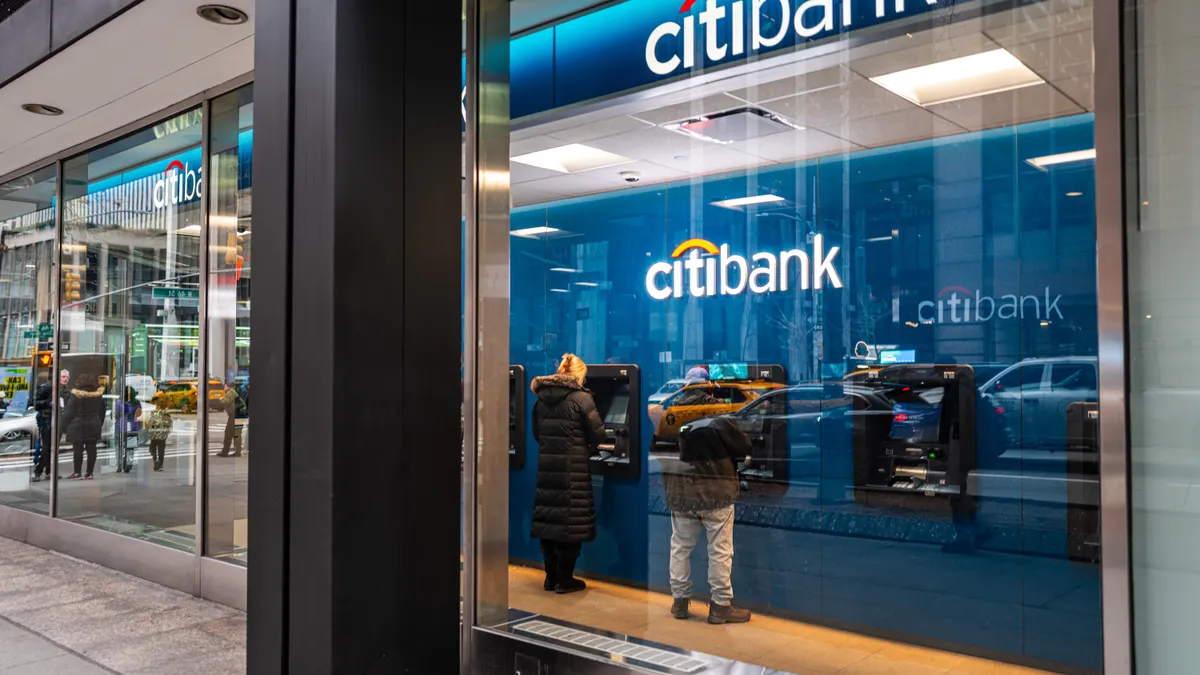Successful C-suite members know learning doesn't end after they take off the cap and gown. Instead, it's an evolution. Those committed to continuous learning are in demand, making it harder for a newer generation to get a seat at the C-suite table.
When a C-suite position opens, it's common for companies to consider the same circulation of seasoned professionals.
"We're running out of the old heroes" and the need for a more technically savvy generation is imperative to future success, said Dr. Arthur Langer, academic director of the Executive Master's in Tech Management program at Columbia University's School of Professional Studies, in an interview with CIO Dive.
Vicki Hildebrand worked her entire career, intent on becoming a CIO. Today she holds that position with Blue Cross Blue Shield.
She had experience at HP and HPE in five roles, including senior director of enterprise services IT at HP and VP of customers and partner advocacy at HPE.
She worked closely with Steve Bandrowczak at HPE, who introduced her to the Executive MS in Technology Management at Columbia. Bandrowczak, then SVP of global business and services, was one of the 245 mentors in program.
Industries "don't even know they [are] being disrupted."

Steve Bandrowczak
COO of Xerox Corporation
With Bandrowzcak was her Columbia mentor, Hildebrand graduated from the 16-month program in 2016. She took on her first CIO role in October 2017 at the Department of Transportation and her second in January of this year at Blue Cross Blue Shield.
Seeing firsthand what doors the program opened, Bandrowczak soon followed and entered the program as a student. He completed it this year, he told CIO Dive.
During his time as a student, he became president and chief operations officer for Xerox after previously serving as CIO and COO of Alight Solutions.
Why go back to school?
Technology ultimately impacts revenue, the customer market and consumer behaviors. All of this contributes to a change in the overall business model.
Part of the draw to the program for Bandrowczak was how digital transformation shocked companies.
Industries "don't even know they [are] being disrupted," Bandrowczak said.
Take Amazon's acquisition of Whole Foods, he said. All of a sudden grocers were met with a disruption tied to 100 million Amazon Prime members. Whole Foods was no longer disruptive to the grocers in a five mile radius, it was now in consumers' mobile devices and homes.
Executives across industries agree that continuous learning is a requirement of the job. The key to the Columbia executive master's program and to success is remaining dissatisfied, said Bandrowczak.
The master's program integrates students across data, security, privacy, finance and other business components technology leaders need to effectively perform their job.
The program allows students to see the dynamics of how other business operations fit with technology. It's "not just their slice of the world" that makes professionals' jobs rewarding, said Bandrowczak, because they understand what impacts on the rest of the business.
How it works
Columbia's executive program was born in the 1990s. Langer noticed a lot of domestic and jobs abroad becoming more commoditized. He saw technology take its place at the forefront of business and began the program as a certificate-based curriculum. The certificate program lasted about five years until it transitioned to a master's of science in 2004.
To enter the program, students need at least 10 years of career experience, but the program does not require a background in technology. Applicants usually have between 10 to 25 years' worth of experience with goals like graduating from director to CIO or moving from senior level management to start their own business.
Students are seeking a source to provide them with the strategic skills needed to navigate technology in C-suite level positions, said Langer. About 75% of students leave their companies within the first two years after graduating in favor of better opportunities.
The master's program can be a humbling opportunity for seasoned professionals, but the coursework is "transforming their bad habits ... I call it critical love."

Dr. Arthur Langer
Academic director of the Technology Management program
New C-suite officials last less than three and a half years. The first year is spent devising a plan, the second year executing the plan, and the third year "they get fired," Langer said.
Other schools that offer similar education paths designed for executives. Duke University's Fuqua School of Business offers programs like the Global Executive MBA, where students have anywhere between five and 20 years of career experience. University of Pennsylvania's Wharton School of Business, Harvard Business School and MIT Sloan all have an executive education program.
Columbia's executive master's courses exists to make business sense of the technical world. Most students don't know how to do that, according to Langer. Courses go over operational management, technology in the law and how to manage lawyers, benefits from political advocacy, moving to agile and disruptive technologies, and speaking in front of a board.
Very few of the students, in a director-level position, for example, have had the chance to speak in front of their companies' boards, according to Langer. "You know what happens if it doesn't go well? That's your last proposal."
"I was not the only one in the program gaining confidence," said Hildebrand. The course on operational management remains her favorite because she uses it every day as a CIO. She was surprised by the number of executives who were students that didn't necessarily come with a technology background.
It starts with a proposal
Hildebrand had to make her business case to enter the program and Bandrowczak had to fight for her in the initial drafting phase.
During their time in the program, students are given a mentor "handled like an NFL draft," after submitting an initial proposal for review, said Langer.
Ultimately, the mentor wants the student and has an interest in the project they're proposing. The "mentor is really your validation of your business model," said Bandrowczak.
Hildebrand's proposal was based her passion outside of her family and career: figure skating. As a skater, coach and now a judge, she knows the demands of the sport and its judging process, including the technical panel.
"I was not the only one in the program gaining confidence."

Vicki Hildebrand
CIO of Blue Cross Blue Shield
The technical panel assesses the different elements that are performed and there is a scale of values assigned objectively to that element. The points are added to other panels' valuations of the performance. "I decided that you should be able to replace that technical panel, which is costly, with computers."
Her proposal was for a company, using high-definition cameras, sensors and web services, to objectively evaluate an athlete's performance.
There is one mentor per student. "If there's multiple mentors that want the same student, they fight over it and the winner takes all." The mentors are comprised of CIOs, CTOs, CDOs, CEOs, CFOs, other C-suite officials and board members.
"The mentor has an incredible amount of authority," with power to override the student's thesis format and to grade one-third of the project, said Langer.
Once assigned a student, the mentors agree to do the master's thesis project over the course of a year, spanning three courses or chapters.
During the course of the program, students are graded on each rendition of their presentation in front of a panel that includes venture capitalists.
Hildebrand's company, then, was theoretical, though by the time students graduate, their projects can "produce a complete and entirely portable professional asset," according to the curriculum.
Her proposal piqued interest and two venture capitalists asked if she wanted to pursue an investment. However, she "was not interested in giving up the trajectory that I was on in my career."





















